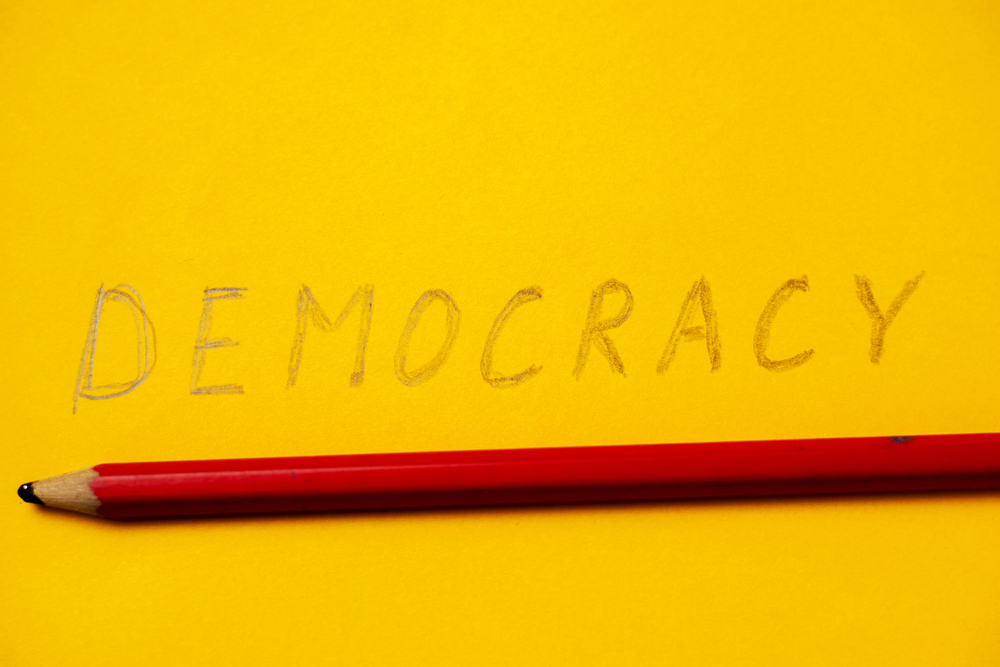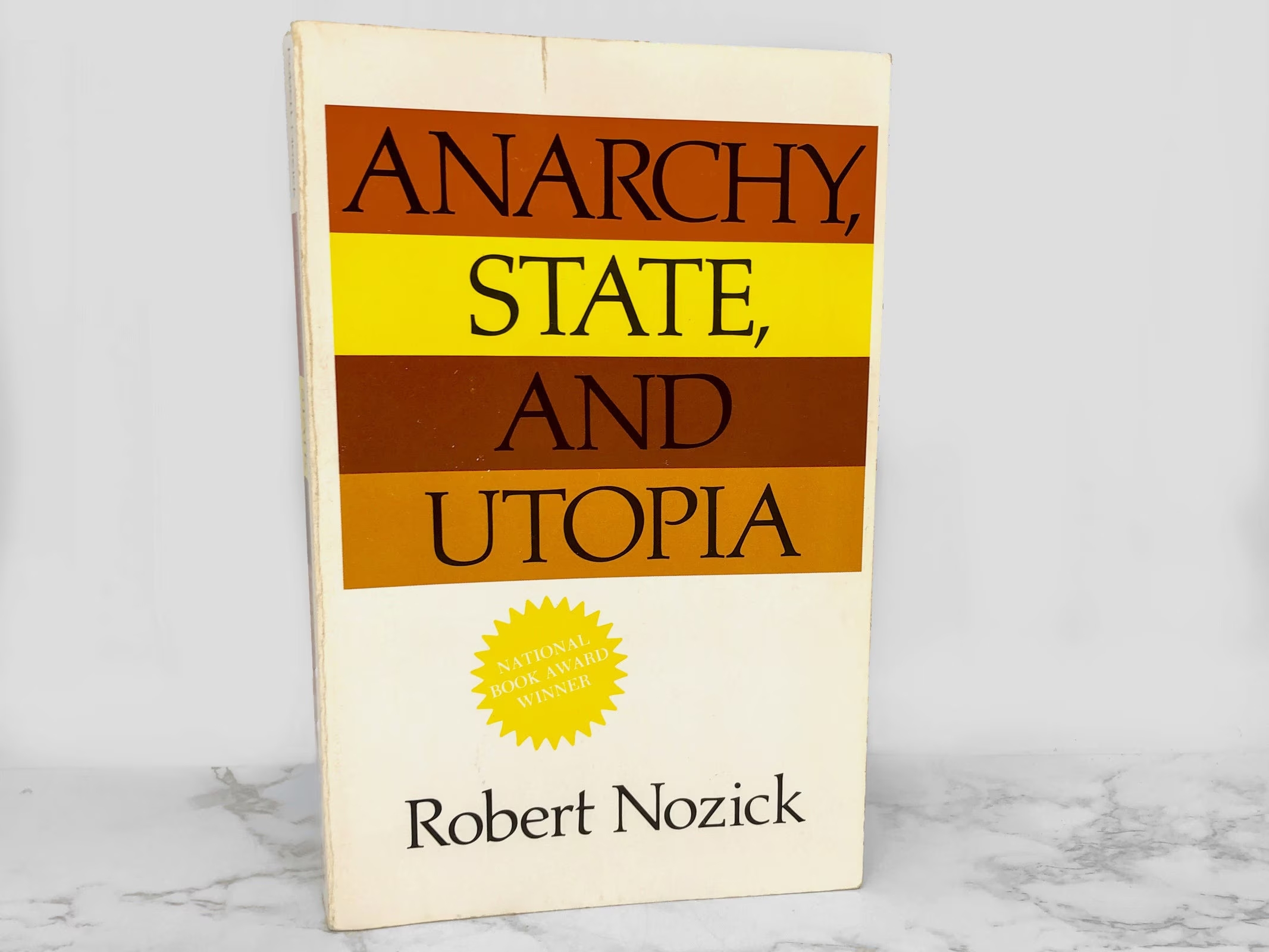News accounts and analyses on other blogs have usefully described and critically assessed the “demonetization” shock that Prime Minister Narendra Modi gave the Indian economy on November 8. Here we emphasize two features of Modi’s initiative that have been little noticed. First, the combination of demonetization followed by “remonetization” will transfer billions worth of US dollars from the Indian public to the Indian government. Second, the skewed pattern in which new notes will be injected will favor some sectors over others.
Background
To recap, Modi announced that, in order to fight untaxed “black money” holdings, the two highest denomination rupee notes would be demonetized the next day (the Rs. 500 and Rs. 1000, worth about $7.50 and $15). Indian citizens have some weeks to deposit the invalidated notes into banks for deposit credit, or exchange them for new valid notes of Rs. 500 and Rs. 2000. But the exchanges can only be made in small amounts (Rs. 2000, or $30, per person per day) for the time being and, as Devangshu Datta points out, “only with identity proofs (which hundreds of millions don’t have) and the additional hardship of standing in many queues for many hours.” Once a greater volume of new notes becomes available, currency withdrawal limits will be relaxed, but those who deposit more than Rs. 250,000 (about $3676) in old notes face promised scrutiny by tax authorities.
Currency transactions play a huge role in the Indian economy. To list some pertinent facts about the importance of currency in India:
- Over 90% of all transactions in India are (or were) conducted in currency.
- 47% of the population (almost 600 million people) is unbanked, unable to substitute into check-writing or debit or credit card use.
- The Reserve Bank of India puts currency held by the Indian public at Rs. 17 trillion, or 62% of M1 (the sum of currency and checkable deposits).
- The two invalidated note denominations make up more than 80% of currency in circulation.
Half of India’s money stock (80% of 62%) has thus been at least temporarily immobilized. The immobilization imposes special hardship on the unbanked population. About 30% of the population lack even the basic ID required to change old for new currency notes. Those who sell old notes for new in the informal market suffer a loss of around 20% (the exchange rate reported in recent days).











